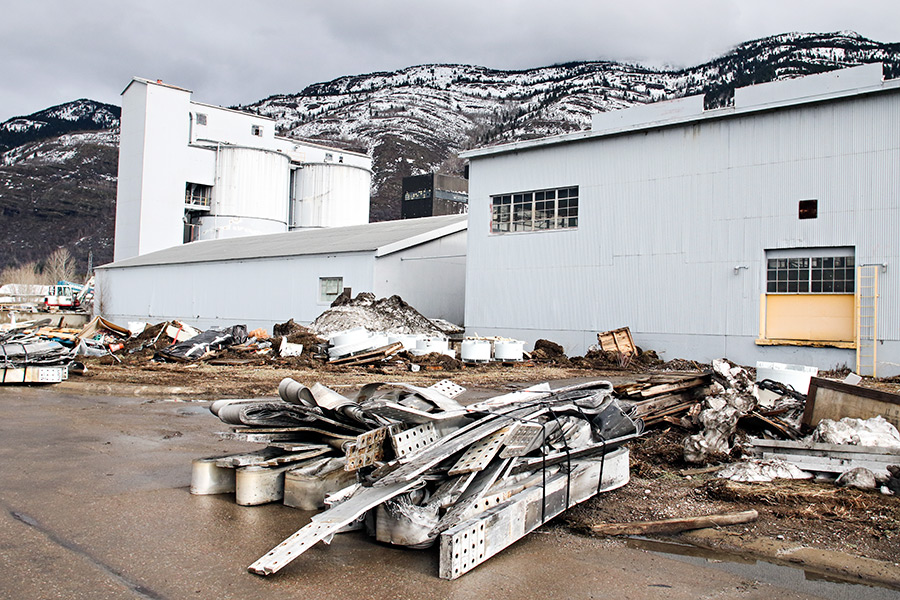The Environmental Protection Agency will host a workshop with the Columbia Falls City Council to discuss grants available for the community as part of the federal Superfund program.
The event is Monday, July 31 at 6 p.m. in city hall, 130 6th St. W.
The EPA’s technical assistance grant program helps communities that are involved in a Superfund cleanup program. Often, there are many technical issues at Superfund sites that are hard for people to understand. The EPA’s grant program provides money to community groups so they can pay for technical advisors to interpret and explain technical reports, site conditions, and EPA’s proposed cleanup proposals and decisions. An independent technical advisor can help community members participate in decision making by helping them to better understand what is going on at the site.
In spring, the EPA released the first round of sampling results from the Columbia Falls Aluminum Company Superfund site and confirmed what many had suspected: landfills throughout the property contained decades’ worth of hazardous byproducts and harmful elements, including highly poisonous cyanide, as well as fluoride, arsenic and corrosive metals and oxides. The roughly 700 samples that were collected from soil and water sources throughout the property showed various degrees of contamination.
The research identified relatively small, but not insignificant, amounts of cyanide throughout the property. Less than 1 percent of all soil samples exceeded the EPA’s recommended screening levels for the poisonous material. High concentrations were detected in the groundwater near the west landfill and so-called West Scrubber Sludge Landfill. There was also a slight detection of cyanide in Cedar Creek near the northwestern end of the property, which has prompted additional evaluation.
An underground water plume has been identified and is moving toward the river, but its concentrations decrease the further south it travels.
More information about other contaminants of concern can be found online at www.atsdr.cdc.gov/toxfaqs/Index.asp.
